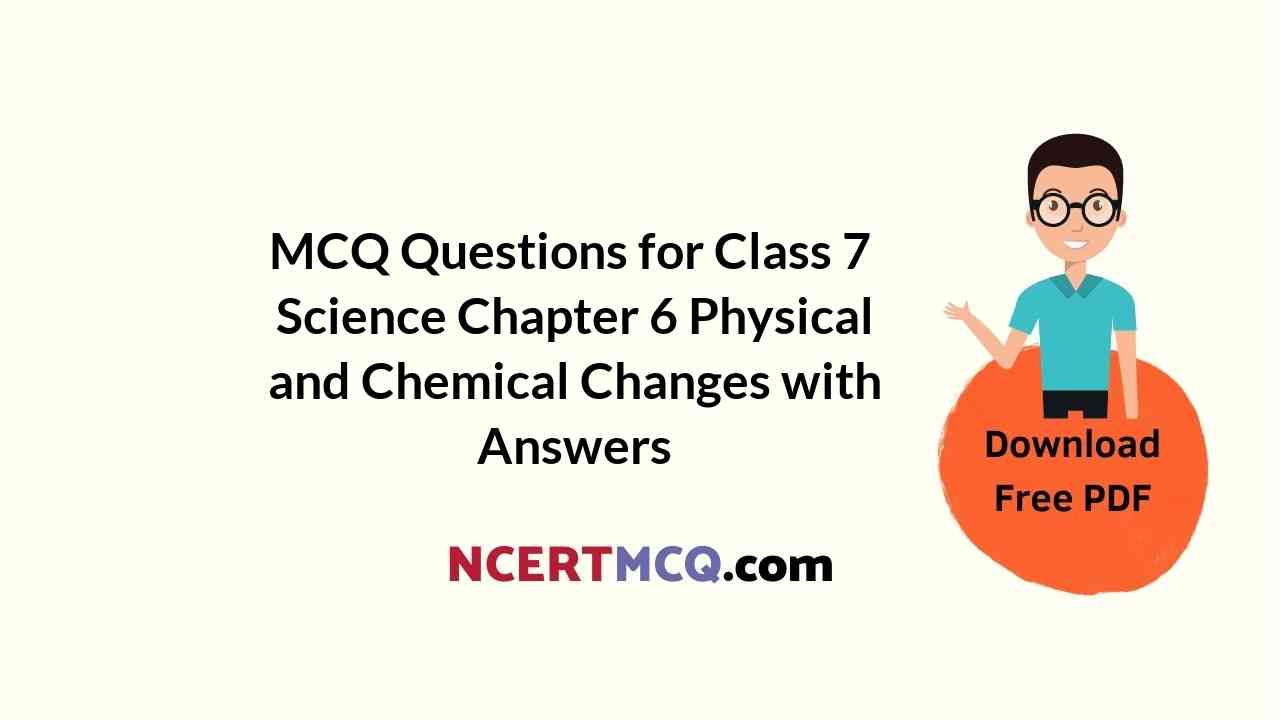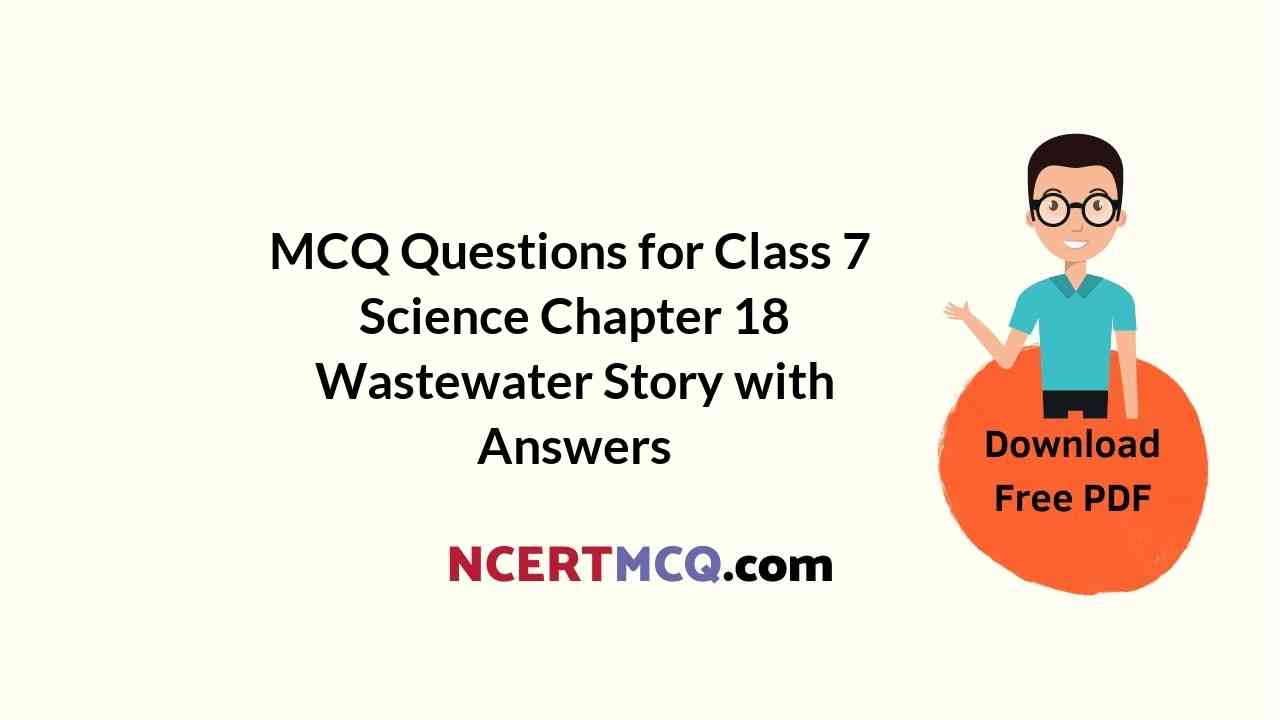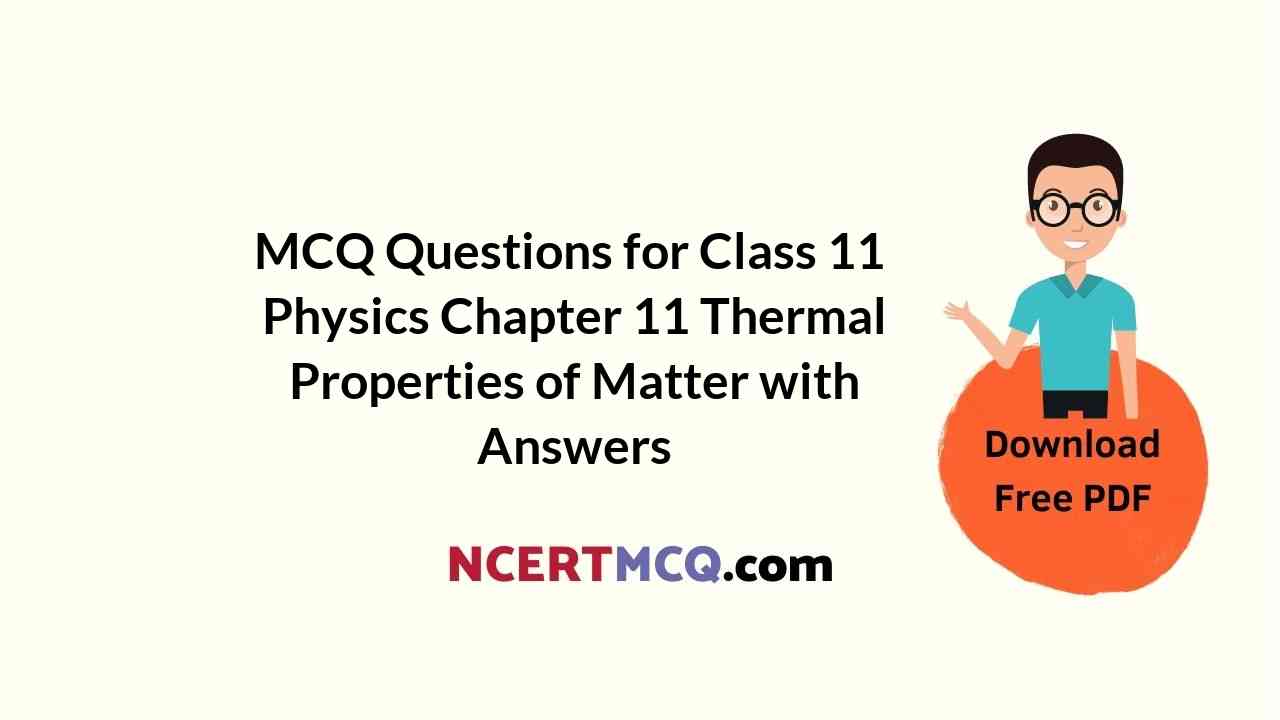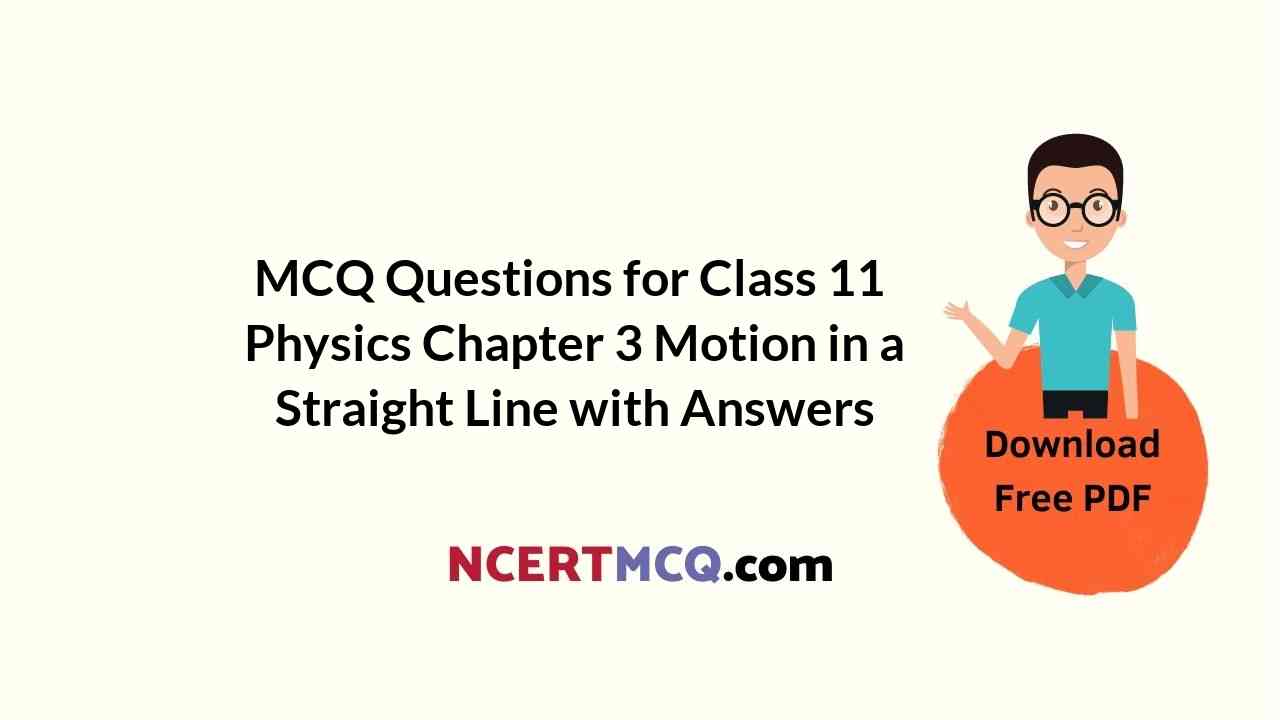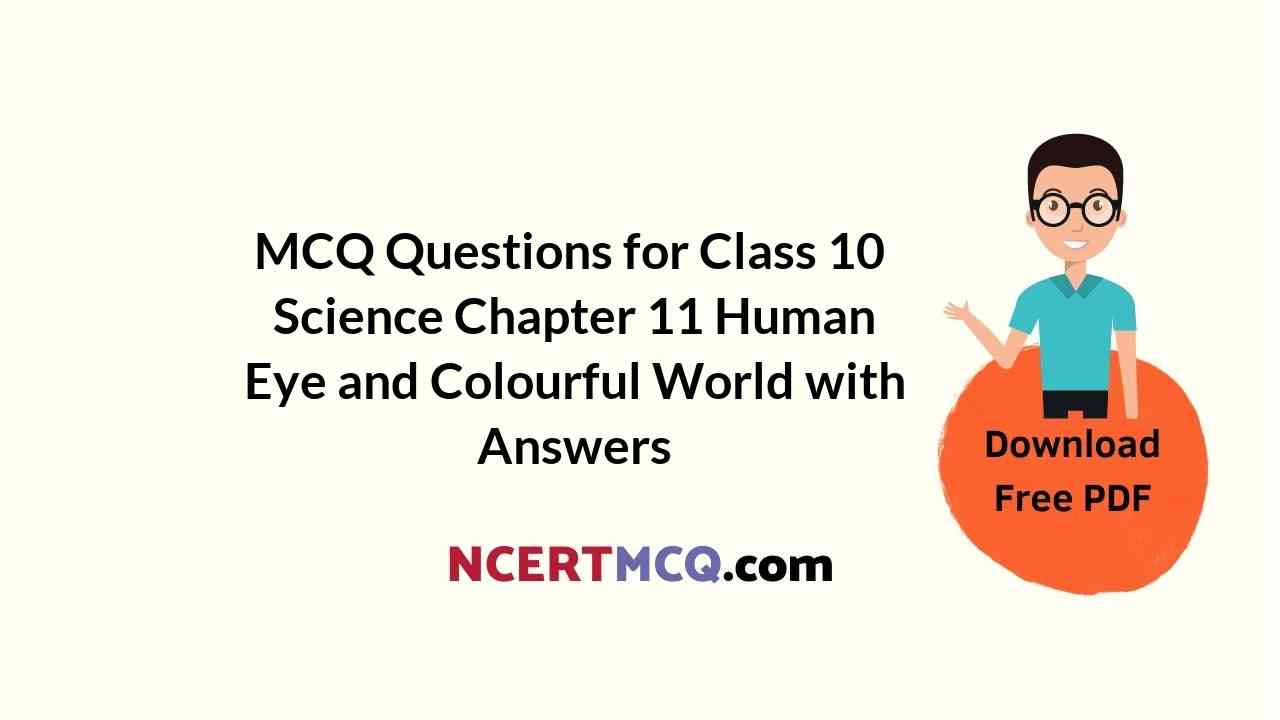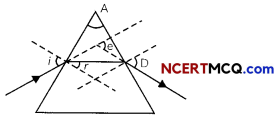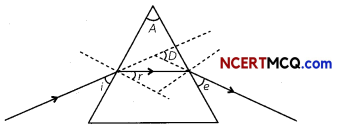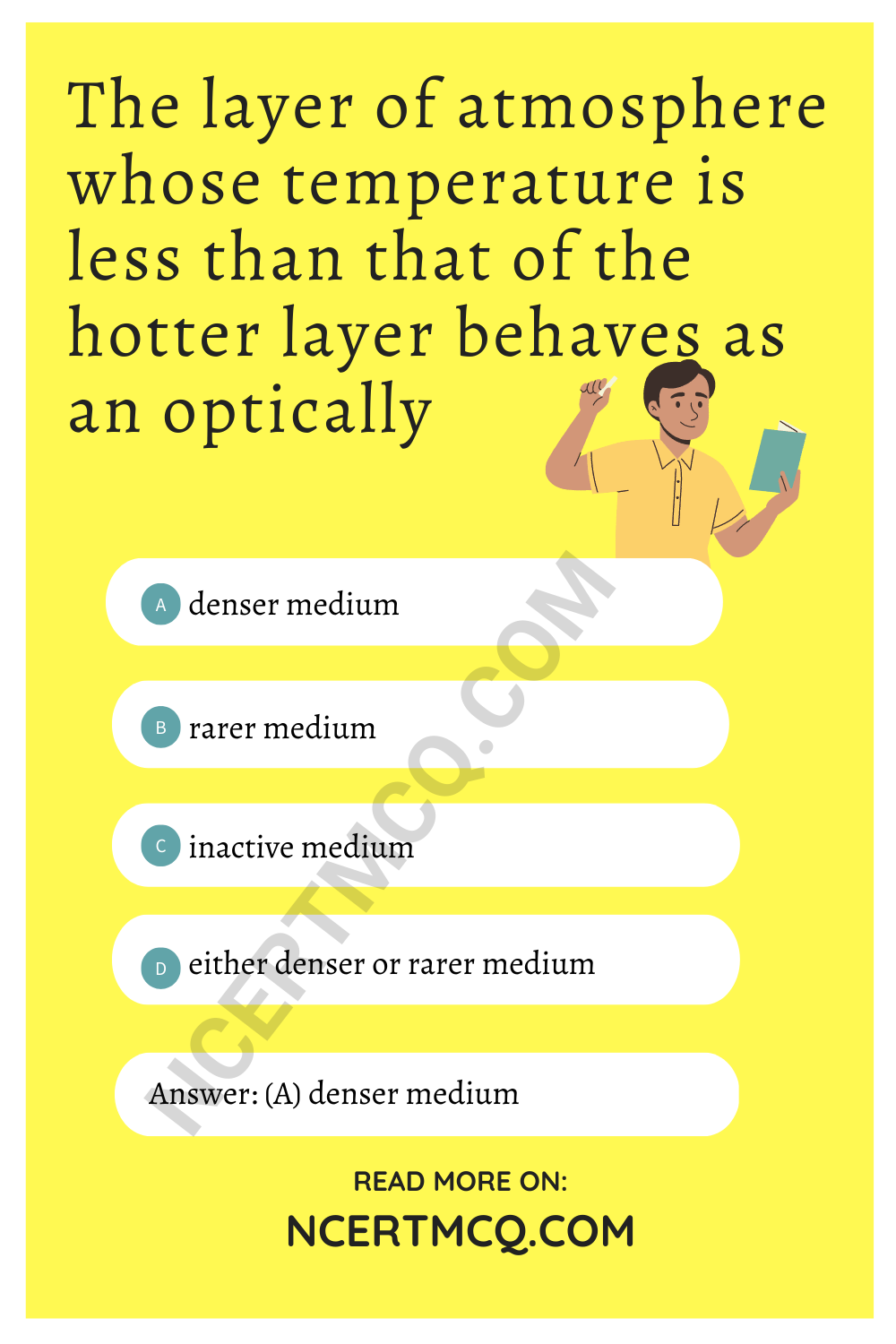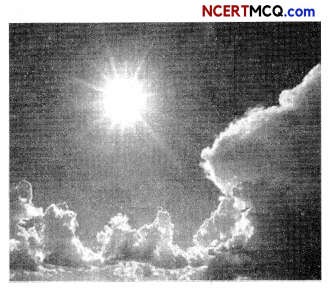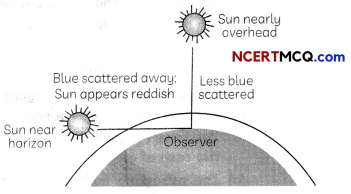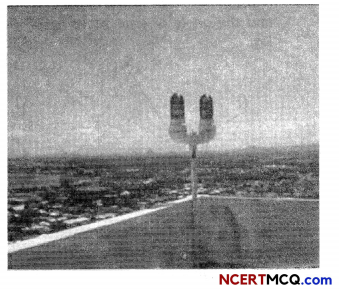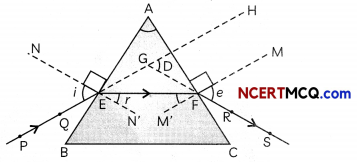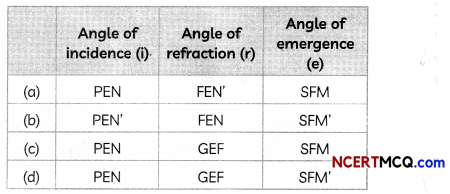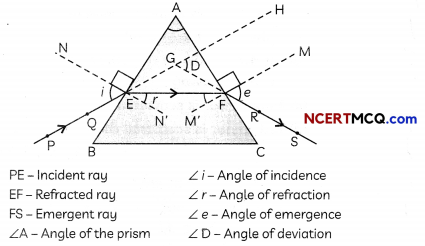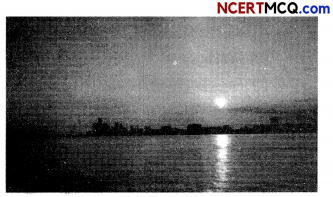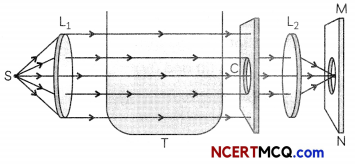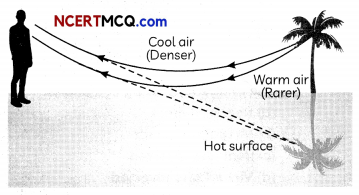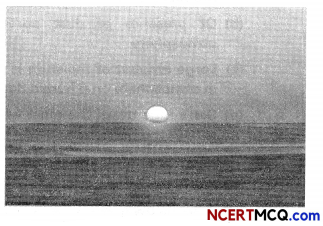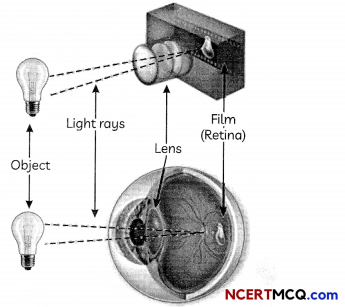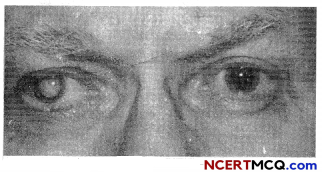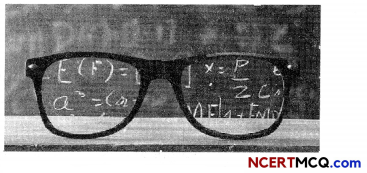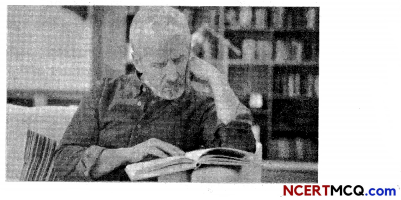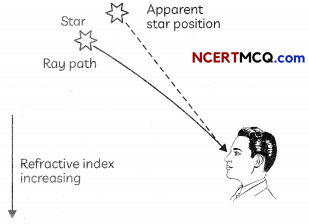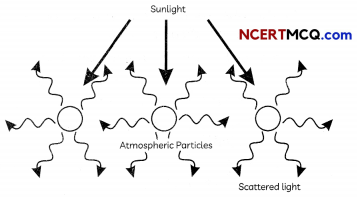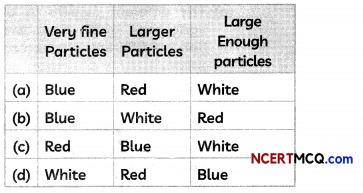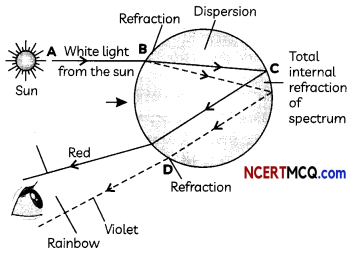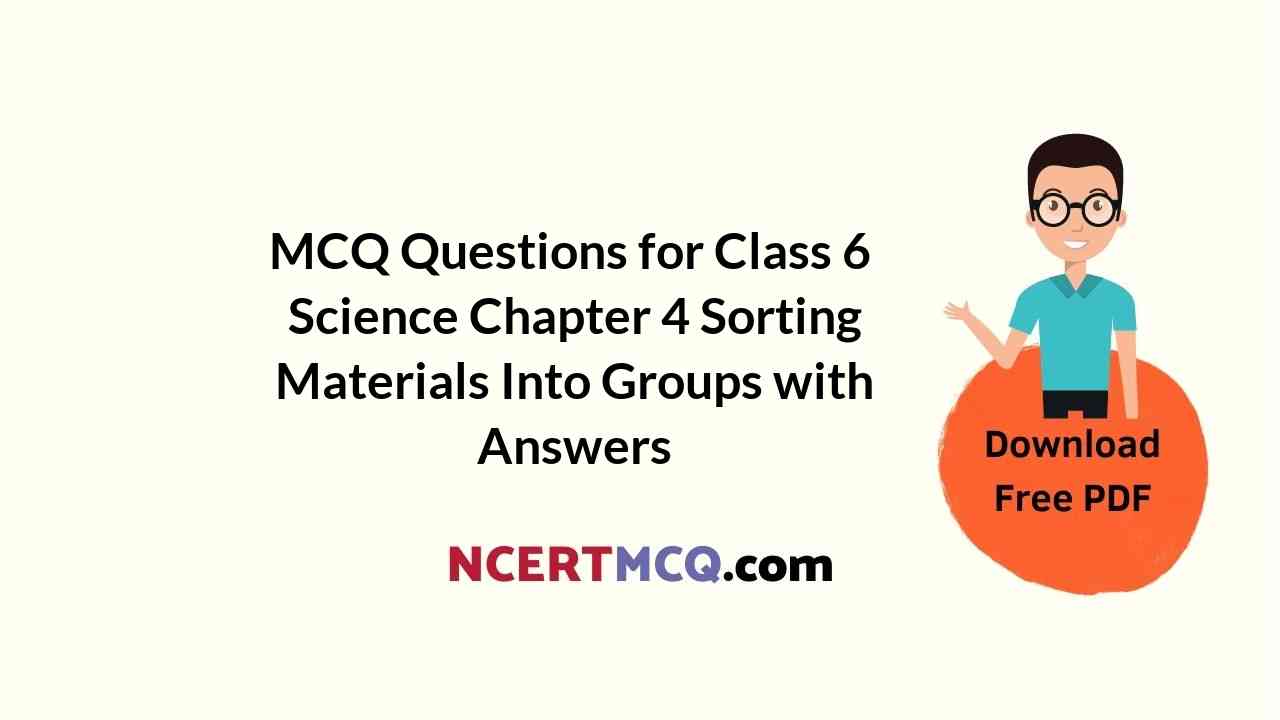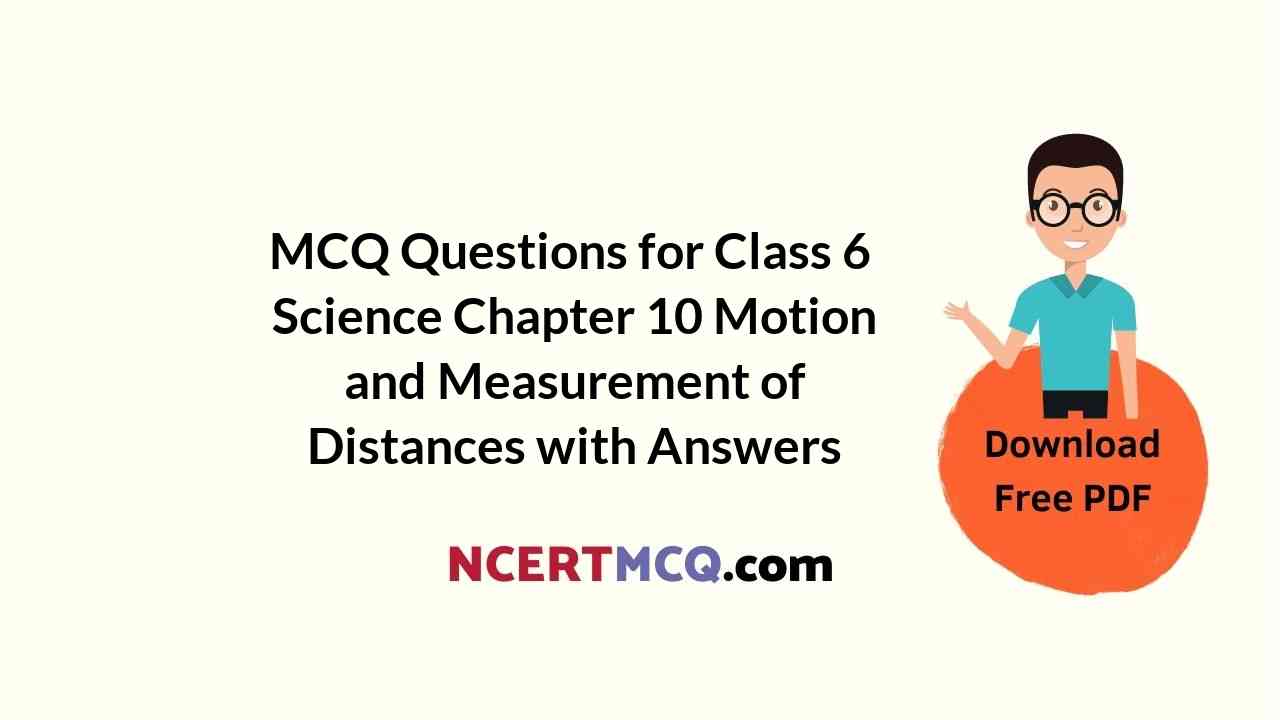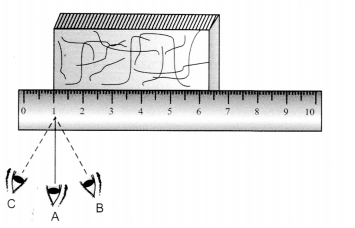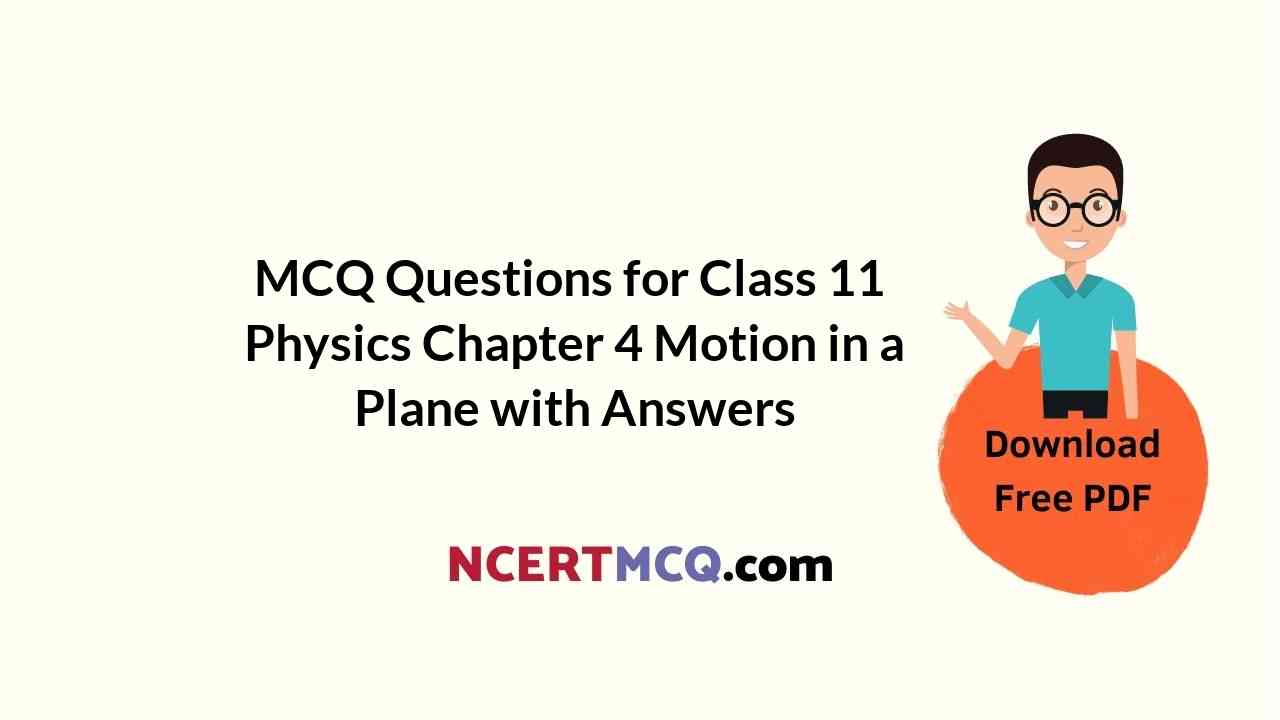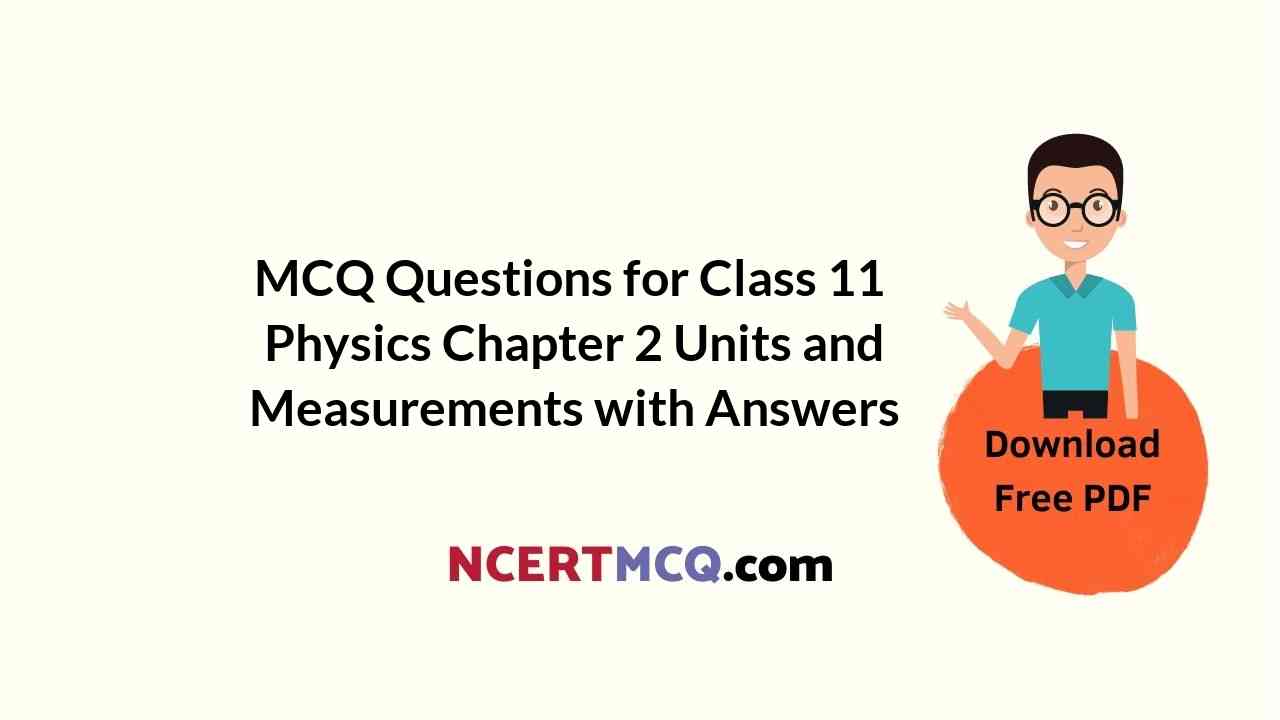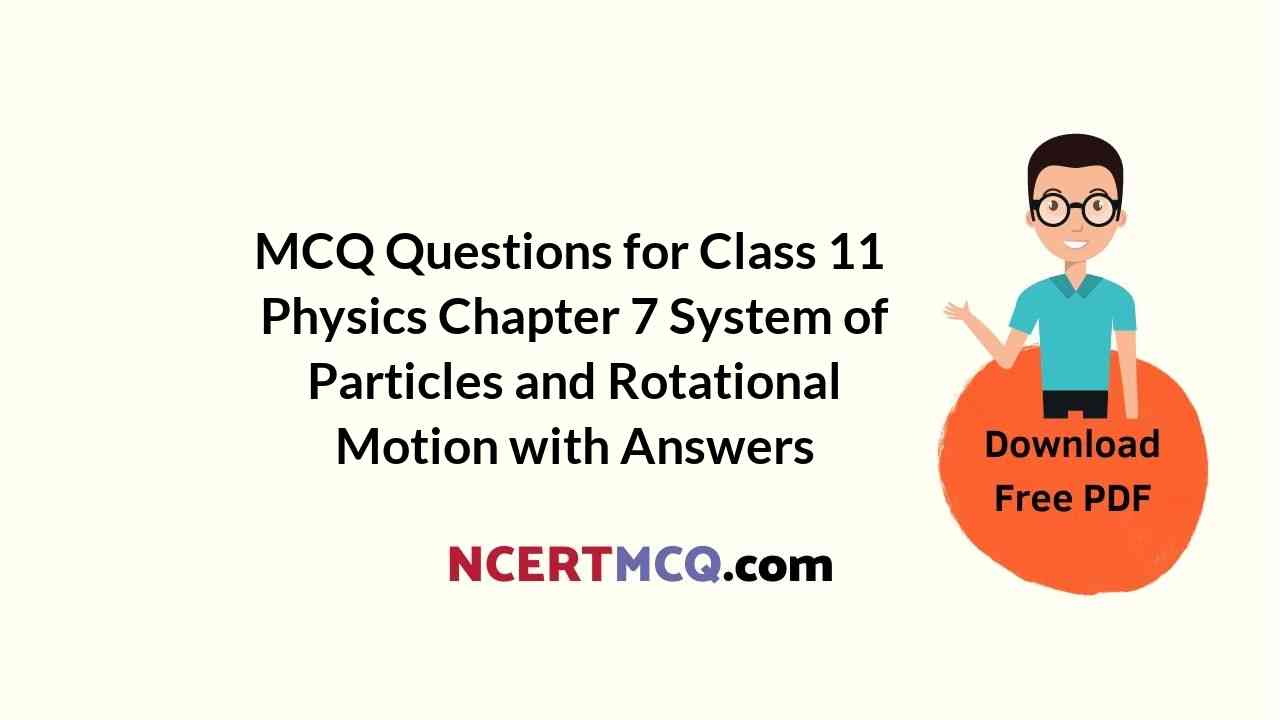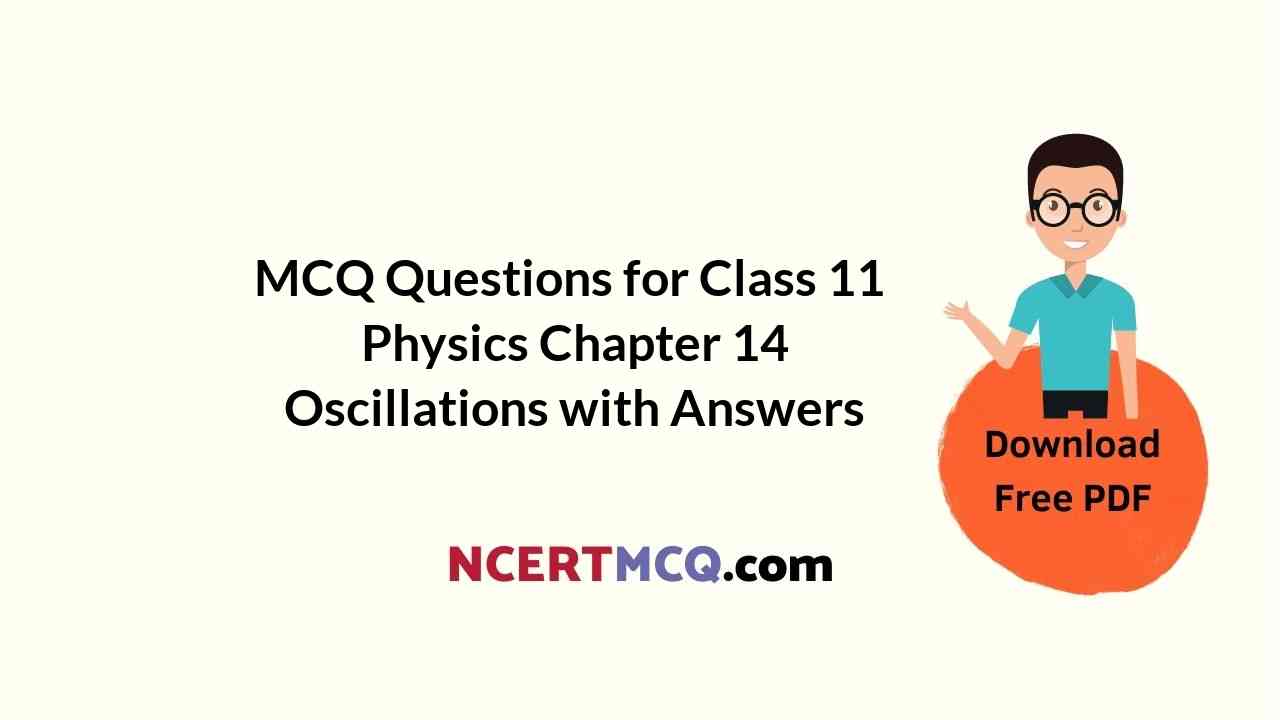Check the below Online Education NCERT MCQ Questions for Class 7 Science Chapter 6 Physical and Chemical Changes with Answers Pdf free download. MCQ Questions for Class 7 Science with Answers were prepared based on the latest exam pattern. We have Provided Physical and Chemical Changes Class 7 Science MCQs Questions with Answers to help students understand the concept very well. https://ncertmcq.com/mcq-questions-for-class-7-science-with-answers/
You can refer to NCERT Solutions for Class 7 Science Chapter 6 Physical and Chemical Changes to revise the concepts in the syllabus effectively and improve your chances of securing high marks in your board exams.
Class 7 Science Chapter 6 MCQ With Answers
Science Class 7 Chapter 6 MCQs On Physical and Chemical Changes
Choose the correct answer:
Class 7 Science Chapter 6 MCQ Question 1.
In which type of change a new substance is formed?
(a) In physical change
(b) In chemical change
(c) In both (a) and (b)
(d) In neither of these
Answer
Answer: (b) In chemical change
Physical And Chemical Changes Class 7 MCQ Question 2.
Which among the following is a physical change?
(a) Cutting a log of wood in small pieces
(b) Burning of wood
(c) Ripening of fruit
(d) Cooking of food
Answer
Answer: (a) Cutting a log of wood in small pieces
MCQ Questions For Class 7 Science Chapter 6 Question 3.
Which of the following is a chemical change?
(a) Bursting of a fire cracker
(b) Germination of seed
(c) Coal formation from buried trees
(d) All of these
Answer
Answer: (d) All of these
Class 7 Science Ch 6 MCQ Question 4.
Which is a method to prevent rust?
(a) Crystallization
(b) Sedimentation
(c) Galvanisation
(d) None of these
Answer
Answer: (c) Galvanisation
Ncert Class 7 Science Chapter 6 MCQ Question 5.
How crystal of pure substances are obtained?
(a) By crystallization
(b) By chromatography
(c) By peptization
(d) By all these methods
Answer
Answer: (a) By crystallization
Physical And Chemical Changes MCQ Class 7 Question 6.
What is the formula of rust?
(a) Fe2O3
(b) Fe3O4
(c) FeO
(d) None of these
Answer
Answer: (a) Fe2O3
Class 7th Science Chapter 6 MCQ Question 7.
What will happen if carbon dioxide gas is passed through lime water ?
(a) Calcium carbonate is formed
(b) The lime water turns milky
(c) Both of these
(d) None of these
Answer
Answer: (c) Both of these
Class 7 Chapter 6 Science MCQ Question 8.
Iron pillar near the Qutub Minar in Delhi is famous for the following facts. Which of these facts is responsible for its long stability?
(a) It is more than 7 metres high
(b) It weighs about 6000 kg
(c) It was built more than 1600 years ago
(d) It has not rusted after such a long period
Answer
Answer: (d) It has not rusted after such a long period
Science Class 7 Chapter 6 MCQ Question 9.
Galvanisation is a process used to prevent the rusting of which of the following?
(a) Iron
(b) Zinc
(c) Aluminium
(d) Copper
Answer
Answer: (a) Iron
Class 7 Physical And Chemical Changes MCQ Question 10.
Paheli’s mother made a concentrated sugar syrup by dissolving sugar in hot water. On cooling, crystals of sugar got separated. This indicates a:
(a) physical change that can be reversed
(b) chemical change that can be reversed
(c) physical change that cannot be reversed
(d) chemical change that cannot be reversed
Answer
Answer: (a) physical change that can be reversed
Match the following:
| Column A | Column B |
| (i) Rust | (а) Calcium hydroxide (Ca(OH) 2) |
| (ii) Vinegar | (b) Ferric oxide (Fe2O3) |
| (iii) Baking soda | (c) Copper sulphate (CuSO4) |
| (iv) Lime water | (d) Acetic acid (CH3COOH) |
| (v) Neela thotha | (e) Sodium hydrogen carbonate (NaHCO3) |
Answer
Answer:
| Column A | Column B |
| (i) Rust | (b) Ferric oxide (Fe2O3) |
| (ii) Vinegar | (d) Acetic acid (CH3COOH) |
| (iii) Baking soda | (e) Sodium hydrogen carbonate (NaHCO3) |
| (iv) Lime water | (а) Calcium hydroxide (Ca(OH) 2) |
| (v) Neela thotha | (c) Copper sulphate (CuSO4) |
Fill in the blanks:
1. Changes that lead to the formation of new substances are called ………………….
Answer
Answer: chemical changes
2. Melting of candle wax is a change but its burning is a …………………. change.
Answer
Answer: physical, chemical
3. Energy is …………………. in the formation of curd from milk.
Answer
Answer: evolved
4. A brown layer formed when an iron article is left exposed in an open area is called ………………….
Answer
Answer: rust
5. The brown layer deposited on an iron nail dipped in copper sulphate solution is due to ………………….
Answer
Answer: copper metal
6. Large crystals of pure substance are obtained by ………………….
Answer
Answer: crystallisation
Choose the true and false statements from the following:
1. The cooking of rice is a physical change.
Answer
Answer: False
2. When you cut an apple with knife interactions between the apple and the knife take place.
Answer
Answer: True
3. When catechu (kaththa) is applied on lime while making a pan (bettle) a chemical change takes place.
Answer
Answer: True
4. Eruption of volcano is a reversible change.
Answer
Answer: False
5. Formation of clouds is a reversible change.
Answer
Answer: True
6. The salt obtained by evaporation is pure.
Answer
Answer: False
7. Both oxygen and water are essential for rusting.
Answer
Answer: True
8. In chemical changes new substances are produced.
Answer
Answer: True
We hope the given NCERT MCQ Questions for Class 7 Science Chapter 6 Physical and Chemical Changes with Answers Pdf free download will help you. If you have any queries regarding Physical and Chemical Changes CBSE Class 7 Science MCQs Multiple Choice Questions with Answers, drop a comment below and we will get back to you soon.
Class 7 Science MCQ:
- Nutrition in Plants Class 7 MCQ
- Nutrition in Animals Class 7 MCQ
- Fibre to Fabric Class 7 MCQ
- Heat Class 7 MCQ
- Acids, Bases and Salts Class 7 MCQ
- Physical and Chemical Changes Class 7 MCQ
- Weather, Climate and Adaptations of Animals to Climate Class 7 MCQ
- Winds, Storms and Cyclones Class 7 MCQ
- Soil Class 7 MCQ
- Respiration in Organisms Class 7 MCQ
- Transportation in Animals and Plants Class 7 MCQ
- Reproduction in Plants Class 7 MCQ
- Motion and Time Class 7 MCQ
- Electric Current and Its Effects Class 7 MCQ
- Light Class 7 MCQ
- Water: A Precious Resource Class 7 MCQ
- Forests: Our Lifeline Class 7 MCQ
- Wastewater Story Class 7 MCQ
